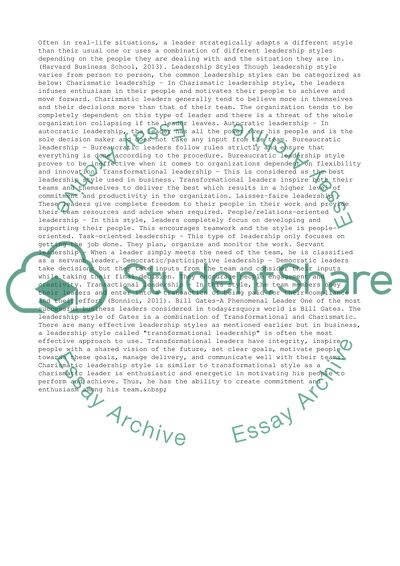Cite this document
(The Diversity of Leadership Styles: A Reflection of World's Leaders Essay, n.d.)
The Diversity of Leadership Styles: A Reflection of World's Leaders Essay. Retrieved from https://studentshare.org/management/1490081-reflection-of-world-s-leader
The Diversity of Leadership Styles: A Reflection of World's Leaders Essay. Retrieved from https://studentshare.org/management/1490081-reflection-of-world-s-leader
(The Diversity of Leadership Styles: A Reflection of World'S Leaders Essay)
The Diversity of Leadership Styles: A Reflection of World'S Leaders Essay. https://studentshare.org/management/1490081-reflection-of-world-s-leader.
The Diversity of Leadership Styles: A Reflection of World'S Leaders Essay. https://studentshare.org/management/1490081-reflection-of-world-s-leader.
“The Diversity of Leadership Styles: A Reflection of World'S Leaders Essay”, n.d. https://studentshare.org/management/1490081-reflection-of-world-s-leader.


